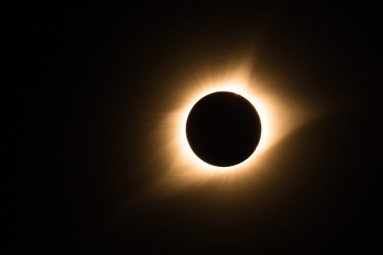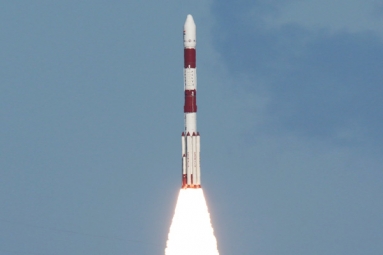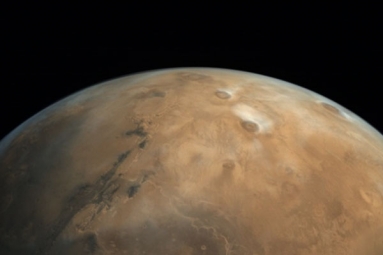NASA says, Astronauts on Mars and Moon may Grow their Homes Using Fungi
January 18, 2020 09:45
(Image source from: dynamitenews.com)
National Aeronautics and Space Administration (NASA) said that astronauts from the moon or mars may have to grow their homes instead of building them.
The transportation of habitats or even the materials of the habitats which can be safely inhabited by the astronauts during a lunar mission or an extended stay on the Mars will be expensive and more likely a lot of space is consumed to shuttle them from one planet to another when there might be need of other valuable resources.
A project conducted at NASA’s Ames Research Center in California being a part of NASA’s Innovative Advanced Concepts program, wherein it focuses on myco-architecture which would allow for more organic habitat being grown from fungi and also the threads that comprise their architecture, known as mycelia.
Lynn Rothschild, the principal investigator on the early-stage project has described the traditional habitat designs for Mars like a turtle which is likely to be carrying our homes along with us on our backs which is said to be a reliable plan but with huge amounts of energy costs.
Lynn Rothschild has added saying that, mycelia can be harnessed and the habitats can be grown by ourselves when we get there. It has been described that much more compact habitat can be made from lightweight materials embedded with fungi which can survive the long-term space flight. These lightweight fungi embedded materials when once placed on the surface just needs to get activated. The astronauts would need to add water in order to activate the fungi.
It is said that the habitat would protect humans and also the lunar or Martian surface as fungi would be contained within the structure. The surface of the Mars is protected as genetic alterations will be done to the mycelia so that they can’t exists if they are separated from the habitat, preventing the surface of the mars from getting contaminated.
Prevention of any false positive reading for life on the Martian surface that’s really from Earth is also been taken care of. In order to prevent further contamination, the structure of mycelia will also be baked to reinforce its structure.
Fungi produce spores while feeding off of organic material. Mycelia will be acting like roots which will help in building the fungi actively which can then spread out into a multitude of mushrooms.
It is also said that literal building blocks of a habitat can be created with the use of mycelia. Mycelia could also be used in providing bioluminescent lightning, filtering the water, extraction of minerals, regulating the humidity and also to repair its own self.
A domed habitat with three layers has been designed by the project team as the surface of Mars turns out to be a harsh environment for the fungi and the fungi will be needing cyanobateria in order to survive. Conversion of dioxide and water into oxygen and food is done with the usage of solar energy by the fungi.
The three layer domed habitat will be consisting of frozen water ice on the outside which helps and serves as a barrier between the radiation and the astronauts where as, it also helps in providing water to the second layer that comprises of cyanobacteria and the conversion into oxygen for the astronauts will be taken place. The final layer is said to consist mycelia which will help in gathering the nutrients from the cyanbacteria layer.
The project description says that no toxic gases are being produced from the mycelial materials which are already being produced commercially and are being called as insulators, fire retardant.
Lynn Rothschild has said that, they experience more freedom with new ideas when experiments are being done in the space than performing the experiments on the Earth.
By Shrithika Kushangi



















